The real and lesser-known story of Heera Mandi of Lahore
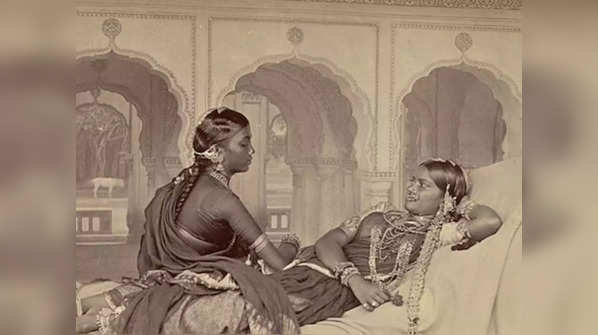
A glimpse into the past
Netflix’s recent series “Heeramandi: The Diamond Bazaar” has captivated audiences with its portrayal of the historical red-light district of Lahore, known as Heera Mandi. While the show offers a dramatized glimpse into the lives of courtesans during the tumultuous times of the Indian independence movement, it is but a shadow of the complex and rich history that Heera Mandi holds. This article aims to peel back the layers of fiction to reveal the real story of Heera Mandi, a place that once thrived as a cultural and artistic epicenter, now often misunderstood and misrepresented in modern narratives.
Image: British Library/Public Domain
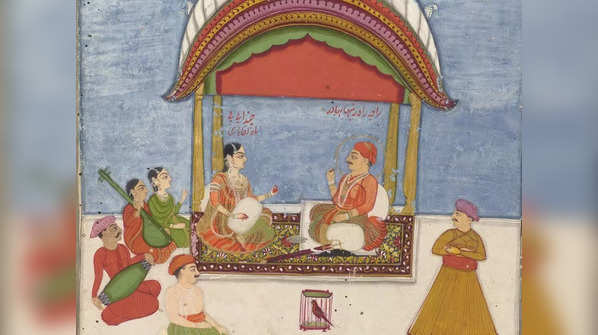
Heera Mandi: The origin
The inception of Heera Mandi dates back to the Mughal era, deriving its name from Hira Singh, the prime minister during Maharaja Ranjit Singh’s reign. Initially established as a grain market, it evolved into a cultural hub, attracting courtesans from various regions who showcased their mastery in classical music and dance. These performances were a celebration of the rich cultural heritage that thrived under the patronage of the affluent and the nobility of the time.
Image: Public Domain
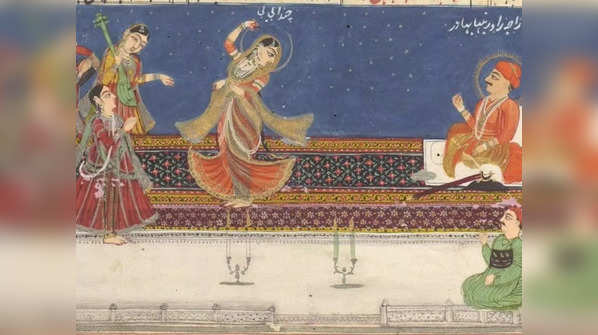
The courtesans of Heera Mandi
The courtesans, or ‘tawaifs’, of Heera Mandi were more than just entertainers; they were the epitome of culture and sophistication. Trained in the fine arts, they were poets, musicians, and dancers, and played a pivotal role in the social and cultural life of the Mughal courts. Their salons were centers of intellectual gatherings, where politics, poetry, and philosophy were discussed as much as they were places of musical and dance performances.
Image: Public Domain
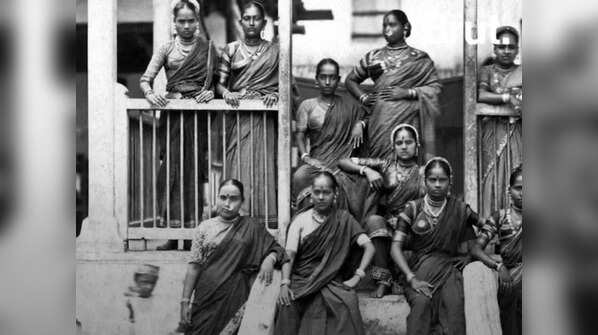
How did one become a tawaif of Heera Mandi?
In Heera Mandi, a girl’s journey to becoming a tawaif was often rooted in tradition and necessity. Many girls were born into families of courtesans, where the arts were their heritage and their livelihood. They were trained from a young age in classical dance forms like kathak, as well as singing, poetry, and the art of conversation. For some, it was a choice made for economic survival, while others were drawn by the allure of the stage and the prestige that came with being a celebrated performer. The training was rigorous, aiming to perfect every gesture and note to captivate the most discerning audiences. Once they mastered their craft, these girls would perform in the salons of Heera Mandi, their talents a bridge between the opulence of the past and the realities of their present. It was a life that revolved around the arts, but it was also one that required resilience in the face of societal challenges and changing times.
Image: Shilpa Mankikar/X
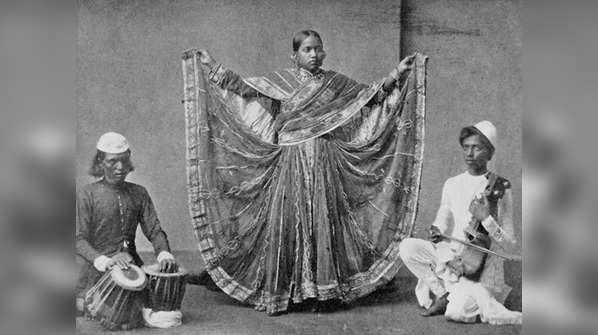
Notable tawaifs
Throughout history, several tawaifs have left an unforgettable mark on the cultural and social fabric of the Indian subcontinent. Notable among them was Begum Samru, who rose from the status of a courtesan to rule the principality of Sardhana in western Uttar Pradesh. Moran Sarkar became the wife of Maharaja Ranjit Singh and is remembered for her influence in the royal court. Waziran was patronized by Lucknow’s last nawab, Wajid Ali Shah, and played a significant role in the cultural life of the city.Begum Hazrat Mahal, the first wife of Wajid Ali Shah, was not only a tawaif but also a key figure in the Indian Rebellion of 1857. Gauhar Jaan was a classical singer who had the distinction of recording India’s first-ever record. Lastly, Zohrabai Agrewali was known for her contributions to classical music and for being a part of the rich tradition of tawaifs in the country. These women were not just entertainers; they were educators, influencers, and sometimes revolutionaries who played a pivotal role in shaping the history of their era.
Image: Public Domain
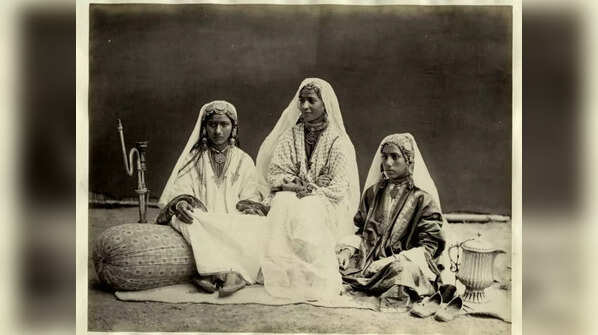
Colonial impact on Heera Mandi
The British colonial rule brought about a significant shift in the perception and status of Heera Mandi. The tawaifs, once revered for their artistry and intellect, faced marginalization under the new regime. The British authorities’ moralistic view of the tawaifs’ profession led to a decline in their social standing, and Heera Mandi’s transformation from a cultural institution to a red-light district began.
Image: Public Domain
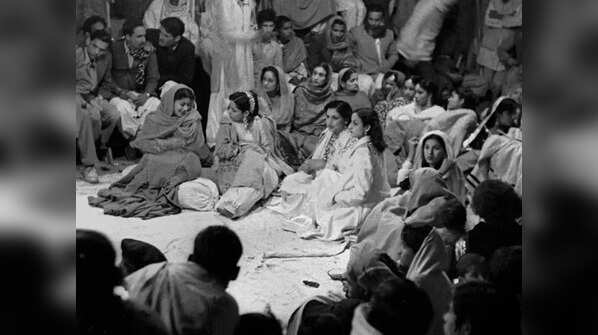
Heera Mandi during independence
The struggle for India’s independence saw Heera Mandi become a melting pot of political and social activism. Some courtesans used their influence and resources to support the freedom movement, hosting leaders and revolutionaries, and even participating in protests against the British Raj. For their anti-British actions they were often targeted; their kothas raided and their work branded as prostitution thus rendering their art form illegal. Their contribution, though significant, is often overlooked in the annals of history.
Image: Courtesy of Frank Horvat
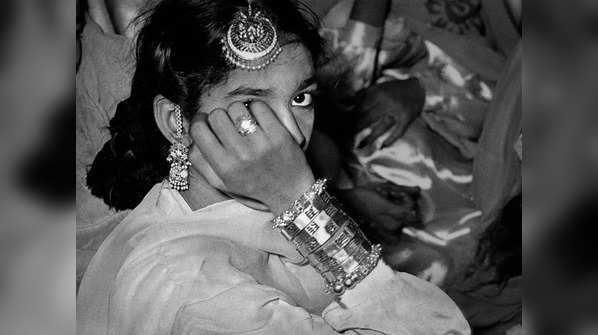
The decline of Heera Mandi
In the aftermath of independence and the subsequent partition of India and Pakistan, Heera Mandi’s decline accelerated. The tawaifs, who had once held a place of respect in society, found themselves marginalized as the newly formed governments imposed strict moral codes. The rich culture that had flourished for centuries began to fade, and the legacy of the tawaifs was threatened.
Image: Courtesy of Frank Horvat
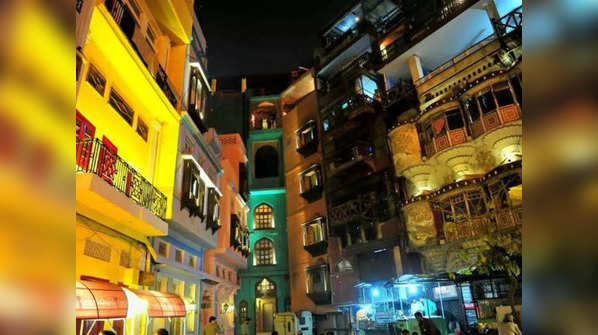
Heera Mandi today
Today, Heera Mandi stands as a mere shadow of its former glory. The area still exists in the heart of Lahore, Pakistan, but the grandeur and cultural significance have largely diminished. The once-celebrated art forms and the community of tawaifs have been reduced to a footnote in history, with only a few striving to keep the traditions alive.
Image: Walled City of Lahore/Facebook
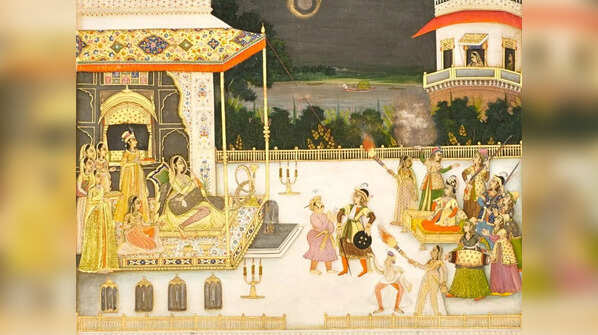
Preserving the legacy
Despite the challenges, there are ongoing efforts to preserve the history and culture of Heera Mandi. Artists, historians, and cultural activists are working tirelessly to document the stories and art forms that originated in Heera Mandi. These efforts ensure that the legacy of the tawaifs and their contributions to the cultural fabric of the subcontinent are not forgotten.
Image: Public Domain









